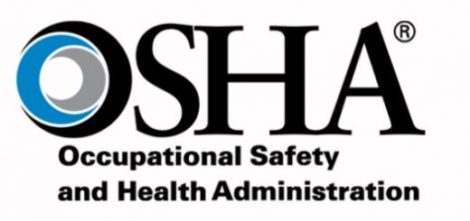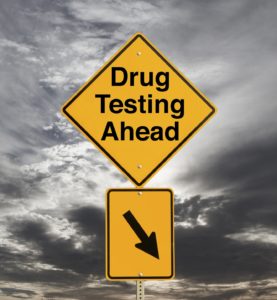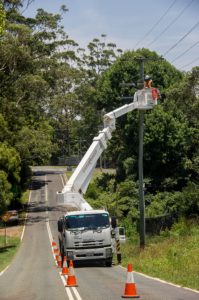
Are you an employer? Did one of your employees contract COVID-19? If so, you are required to determine if that COVID-19 is work-related. That’s the new rule announced by the United States Department of Labor’s Occupational Safety and Health Administration (“OSHA”). Here’s a link to OSHA’s announcement: OSHA COVID-19 Recording Guidance
This is a significant reversal of policy by OSHA. Under the Occupational Safety and Health Act, employers are required to record and maintain records of occupational injuries and occupational illnesses. By definition, an “occupational illness” is one that is work-related. Earlier in the pandemic, many employers were concerned that they might be required to record the existence of all COVID-19 cases in their work force. OSHA calmed many of those fears with guidance that it issued on April 10, 2020. Here’s a link that guidance: OSHA’s April Guidance
The April 10 guidance essentially adopted the common-sense position that employers aren’t epidemiologists and shouldn’t be required to determine if a COVID-19 case is work-related. Thus, OSHA said that it would not enforce its recording requirements and would not require employers to determine if COVID-19 was work-related, unless:
- There was objective evidence that a COVID-19 case may be work-related. This could include, for example, a number of cases developing among workers who work closely together without an alternative explanation; and
- The evidence was reasonably available to the employer. Reasonably available evidence included information given to the employer by employees, as well as information that an employer learned regarding its employees’ health and safety in the ordinary course of managing its business and employees.
Under the new guidance, effective May 26, 2020, employers will be required to act as amateur epidemiologists and determine whether COVID-19 cases in the work force are work-related. Employers are required to record a COVID-19 case as an occupational illness if:
- The case is a confirmed case of COVID-19, as defined by the Centers for Disease Control and Prevention (CDC);
- The case is work-related as defined by 29 CFR § 1904.5; and
- The case involves one or more of the general recording criteria set forth in 29 CFR § 1904.7. [If an employee misses days of work or receives medical treatment beyond first aid, this requirement is met.]
In determining whether a COVID-19 case is work-related, an employer is required to consider all “reasonably available evidence.” While admitting that this determination cannot be reduced to a “ready formula,” OSHA provided the following-guidance:
- COVID-19 illnesses are likely work-related when several cases develop among workers who work closely together and there is no alternative explanation.
- An employee’s COVID-19 illness is likely work-related if it is contracted shortly after lengthy, close exposure to a particular customer or coworker who has a confirmed case of COVID-19 and there is no alternative explanation.
- An employee’s COVID-19 illness is likely work-related if his job duties include having frequent, close exposure to the general public in a locality with ongoing community transmission and there is no alternative explanation.
- An employee’s COVID-19 illness is likely not work-related if she is the only worker to contract COVID-19 in her vicinity and her job duties do not include having frequent contact with the general public, regardless of the rate of community spread.
- An employee’s COVID-19 illness is likely not work-related if he, outside the workplace, closely and frequently associates with someone (e.g., a family member, significant other, or close friend) who (1) has COVID-19; (2) is not a coworker, and (3) exposes the employee during the period in which the individual is likely infectious.
- Certified Safety and Health Officers should give due weight to any evidence of causation, pertaining to the employee illness, at issue provided by medical providers, public health authorities, or the employee herself.
There is one small glimmer of hope for employers. OSHA gave a favorable burden of proof for making the work-relatedness determination and recording requirements: “If, after the reasonable and good faith inquiry described above, the employer cannot determine whether it is more likely than not that exposure in the workplace played a causal role with respect to a particular case of COVID-19, the employer does not need to record that COVID-19 illness.” Also, employers with 10 or fewer employees and certain employers in low hazard industries have no recording obligations.
OSHA requires employers to create and maintain records of occupational illnesses. But, typically employers are only required to report to OSHA instances that result in death, hospitalization or loss of an eye. The new guidance does not change those reporting requirements, but the recording requirement could be substantial for many employers.








